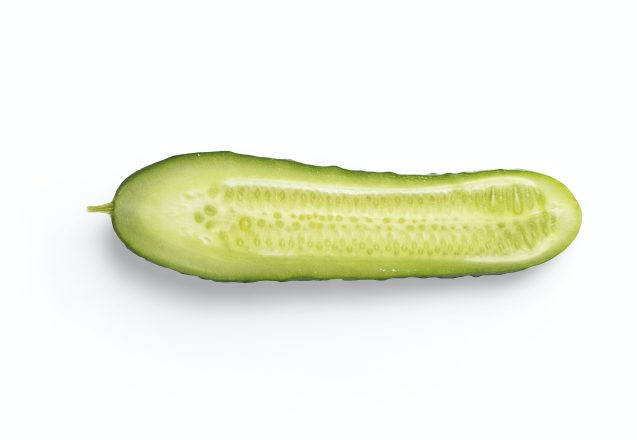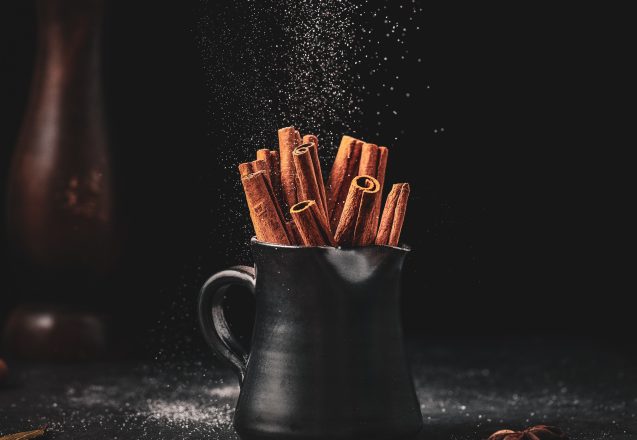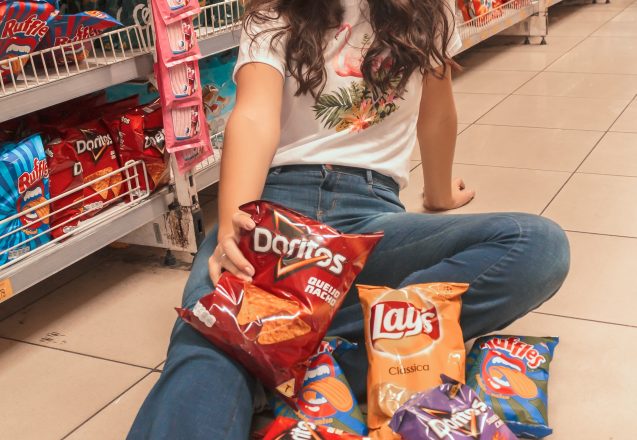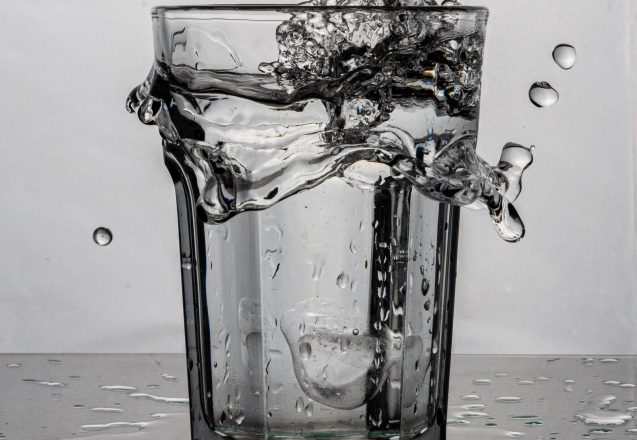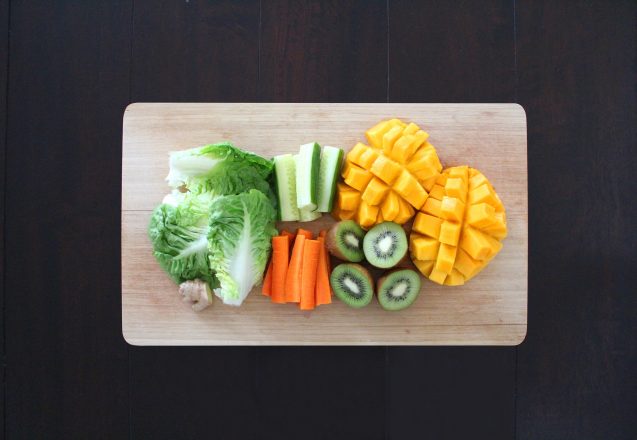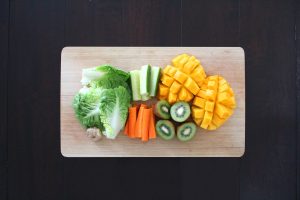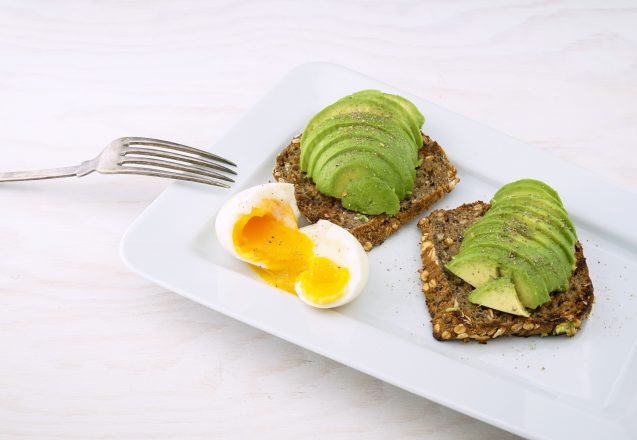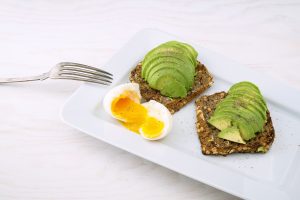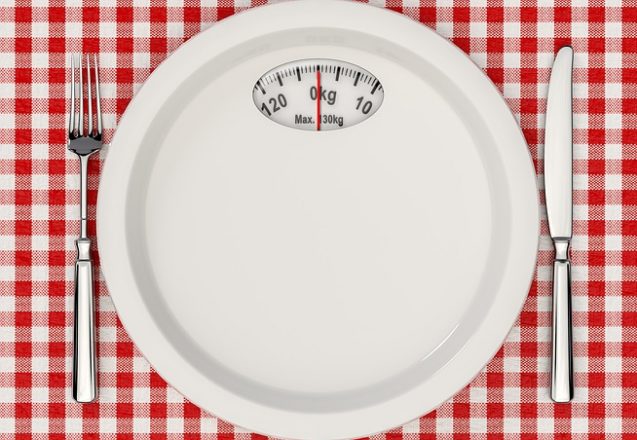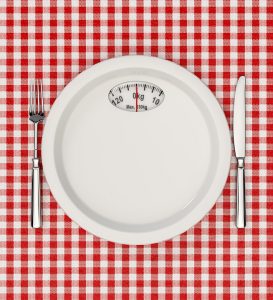Fermented Foods That Boost Immunity
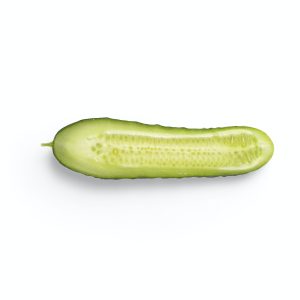 Grab some kimchi, sauerkraut or yogurt for a healthy immune system. Eat a pickle or two or enjoy some tempeh. Why? Because they’re all fermented foods that boost immunity. Your digestive system is a huge part of your immune system. In fact, a study of mice raised in a sterile environment found they had an underdeveloped immune system. Fermented foods contain bacteria and changes the starch and sugar in food to lactic acid and alcohol, preserving the food and nutrients by stopping the growth of bad bacteria and fungi. It makes the nutrients in food more bioavailable.
Grab some kimchi, sauerkraut or yogurt for a healthy immune system. Eat a pickle or two or enjoy some tempeh. Why? Because they’re all fermented foods that boost immunity. Your digestive system is a huge part of your immune system. In fact, a study of mice raised in a sterile environment found they had an underdeveloped immune system. Fermented foods contain bacteria and changes the starch and sugar in food to lactic acid and alcohol, preserving the food and nutrients by stopping the growth of bad bacteria and fungi. It makes the nutrients in food more bioavailable.
You can drink your fermented food, too.
Have you ever heard of kombucha or kefir? They’re both drinks that can boost your immune system. Kombucha is fermented sweetened green or black tea that is touted as having many health benefits, although no studies have been done to see if the claims are true. Kefir is fermented milk and has been around for hundreds of years. It’s like drinkable yogurt and came from the Northern Caucasus Mountains that’s known for its long-lived population. It not only contains probiotics, it contains vitamins K2, B12, magnesium, biotin, enzymes, calcium and folate.
What health benefits can you get from fermented food, besides nutrients?
You’ll improve the health of your digestive system and boost your immune system when you consume them. Fermented foods can aid people with constipation or IBS. Improving your digestive system can also help reduce bloat, constipation or its counterpart, diarrhea. In fact, when taking an antibiotic, if you consume probiotics like yogurt, you won’t experience the digestive issues that often occur. Your improved digestive system can boost nutrient absorption, elimination of toxins, increase antibody production and improve your immune system. The antibodies produced can provide aid in lowering sugar cravings and controlling appetite.
Whether you’re eating sauerkraut, a pickle or Kimchi, you’re eating fermented veggies.
Every nation seems to have found a way to keep food longer, for use during winter months when fresh vegetables and fruit was impossible to find. Sauerkraut originated in Germany and Kimchi in Korea, but both are ways to preserve vegetables for later. While sauerkraut only contains fermented cabbage, Kimchi contains cabbage plus a variety of other things, including scallions, carrots, shrimp and radishes. Both are high in antioxidants, both boost digestion and both improve cardiovascular health. Sauerkraut contains vitamins A, C, K and B vitamins. Kimchi contains the same and more, depending on the other ingredients besides cabbage.
- If there’s a relish tray at the family gathering, load up on the food it contains. It normally has fresh veggies and pickles, which are fermented cucumbers loaded with antioxidants, vitamins and friendly bacteria.
- Fermented foods are probiotics, which can help you lose weight. They slow the absorption of fat and help flush it out of your system. They also help process proteins better to keep you feeling fuller longer.
- Raw cheese is another probiotic food. It uses unpasteurized raw milk that has beneficial bacteria and enzymes not killed by pasteurization. It makes nutrients more bioavailable and assimilable, particularly for those lactose intolerant.
- Have you ever tried miso? It’s made from fermented brown rice, barley or soybean. You’ll improve the health of your skin, boost your immune system and nervous system and it’s important for bone health.
For more information, contact us today at Prime Fitness Studio

